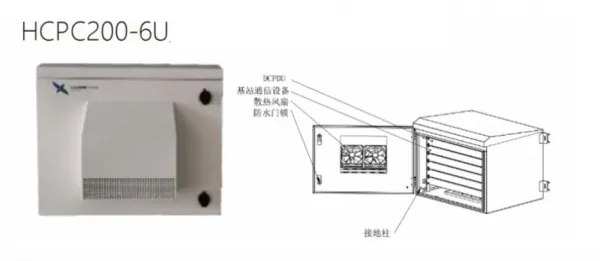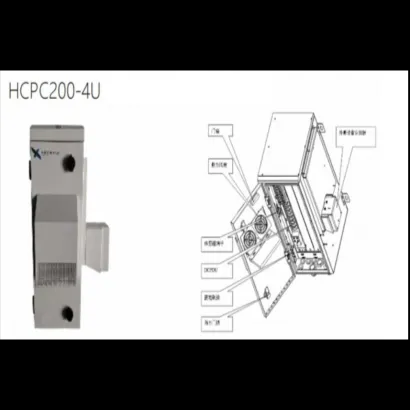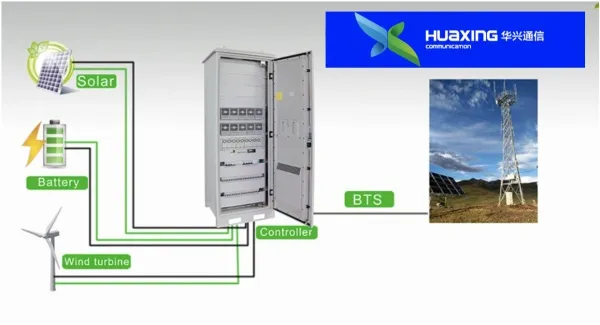base stations
Base stations serve as the fundamental infrastructure of modern wireless communications, acting as central hubs that enable seamless connectivity between mobile devices and the broader telecommunications network. These sophisticated installations combine advanced radio equipment, powerful signal processors, and intelligent routing systems to facilitate reliable wireless communications across vast geographical areas. Modern base stations incorporate cutting-edge technologies such as Multiple-Input Multiple-Output (MIMO) systems, advanced beamforming capabilities, and adaptive power management solutions to optimize network performance and coverage. They operate across multiple frequency bands, supporting various wireless standards from 2G to 5G, ensuring backward compatibility while enabling next-generation services. These stations are designed with robust environmental protection features, allowing them to maintain optimal performance in diverse weather conditions. They also integrate sophisticated monitoring systems that enable remote management and real-time performance optimization, reducing operational costs and improving network reliability. Base stations play a crucial role in enabling everything from basic voice calls to high-speed data services, Internet of Things (IoT) connectivity, and emerging applications like autonomous vehicles and smart city infrastructure.


